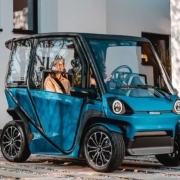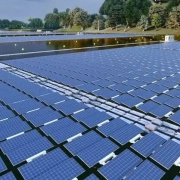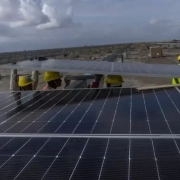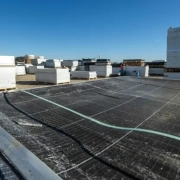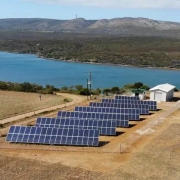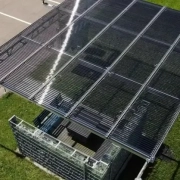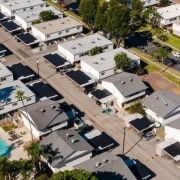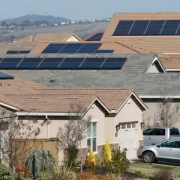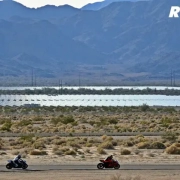The rarefied world of saffron cultivation is about to encounter a solar makeover. About 90% of the global saffron supply comes from Iran, but the allure of raising a spice crop that retails for $5,000 a pound could widen the territory. That includes the unlikely state of Vermont, where a new agrivoltaic experiment is under way. If all goes according to plan, it could pave the way for for a saffron boom in the US and help save small farms, to boot.
The Agrivoltaic Advantage
Conventional solar arrays are designed with little attention to ground cover. An agrivoltaic array is different. The solar panels are arranged to enable various kinds of farming to take place. Raising the panels higher off the ground is one typical strategy, for example.
Click here to read the full article
Source: Clean Technica
—
If you have any questions or thoughts about the topic, feel free to contact us here or leave a comment below.


